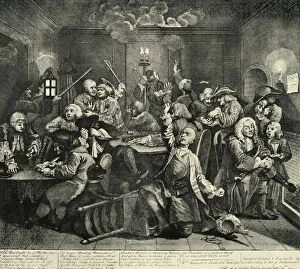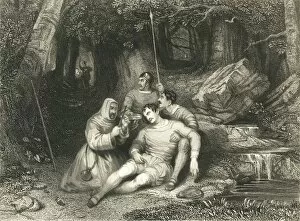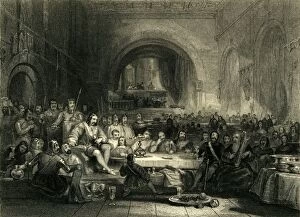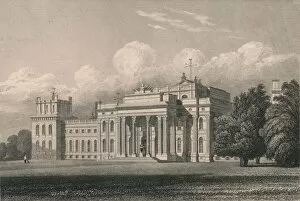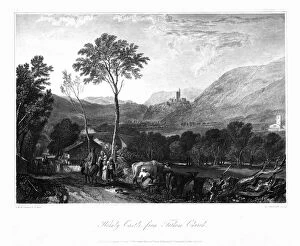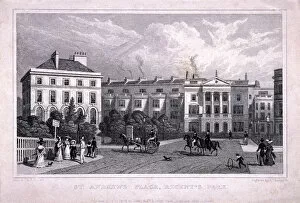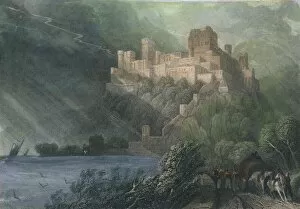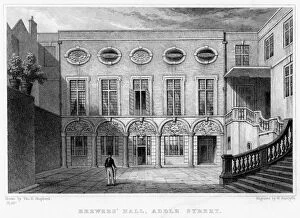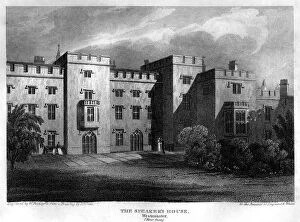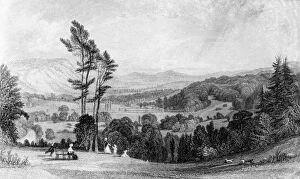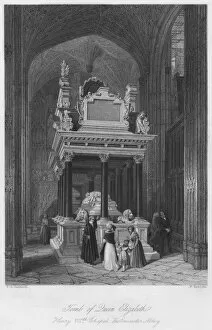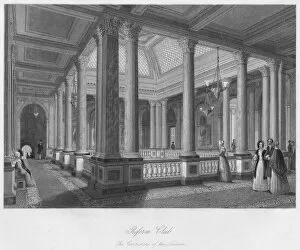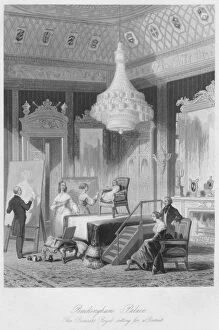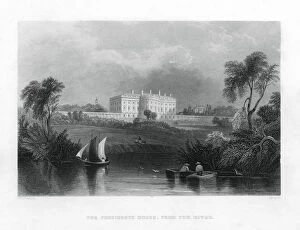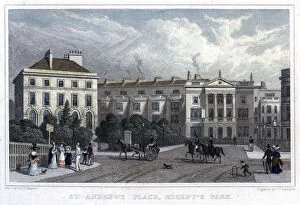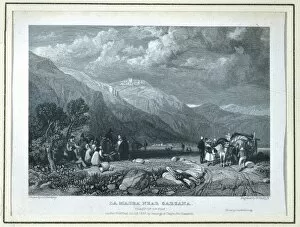William Radclyffe Collection
William Radclyffe was a versatile artist known for his diverse range of works
For sale as Licensed Images
Choose your image, Select your licence and Download the media
William Radclyffe was a versatile artist known for his diverse range of works. From capturing historical events like the dramatic Rescue of the Countess De Burgh from Montgomery Castle in 1836 to depicting scenes of social life such as Gambling at Whites Club in 1734, Radclyffe's talent knew no bounds. His skill as an engraver is evident in pieces like Gate of Calais, where he beautifully etched intricate details into the scene. Bolingbrokes False Homage to Richard II at Flint Castle showcases another side of Radclyffe's artistry, with its mysterious and captivating composition. Radclyffe also delved into Welsh history, immortalizing moments like the Death of Llewellyn and Prince Llewellyn & His Barons in his Palace near Aber. These paintings transport us back to a time long gone but not forgotten. Not limited to historical subjects alone, Radclyffe also captured contemporary events such as Exhibition of the Royal Academy - Private View in c1844. Here we see glimpses into London's vibrant art scene during that period. The beauty of nature was not lost on Radclyffe either; he painted landscapes like Blenheim, South East View and Hornby Castle from Tatham Church with great attention to detail and atmosphere. Even architectural wonders found their way onto his canvas. Queen Elizabeth I's tomb in Henry VII Chapel at Westminster Abbey stands tall and majestic under his brush strokes. St Andrews Place in Regents Park showcases Radclyffe's ability to capture urban scenes with precision and charm. Lastly, The Zoological Gallery at the British Museum takes us on a journey through exotic creatures curated by Radclyffe himself. His love for animals shines through this piece as he brings them to life on paper. William Radclyffe left behind a rich legacy through his artwork, showcasing his versatility as an artist who could seamlessly transition between different genres and subjects.


